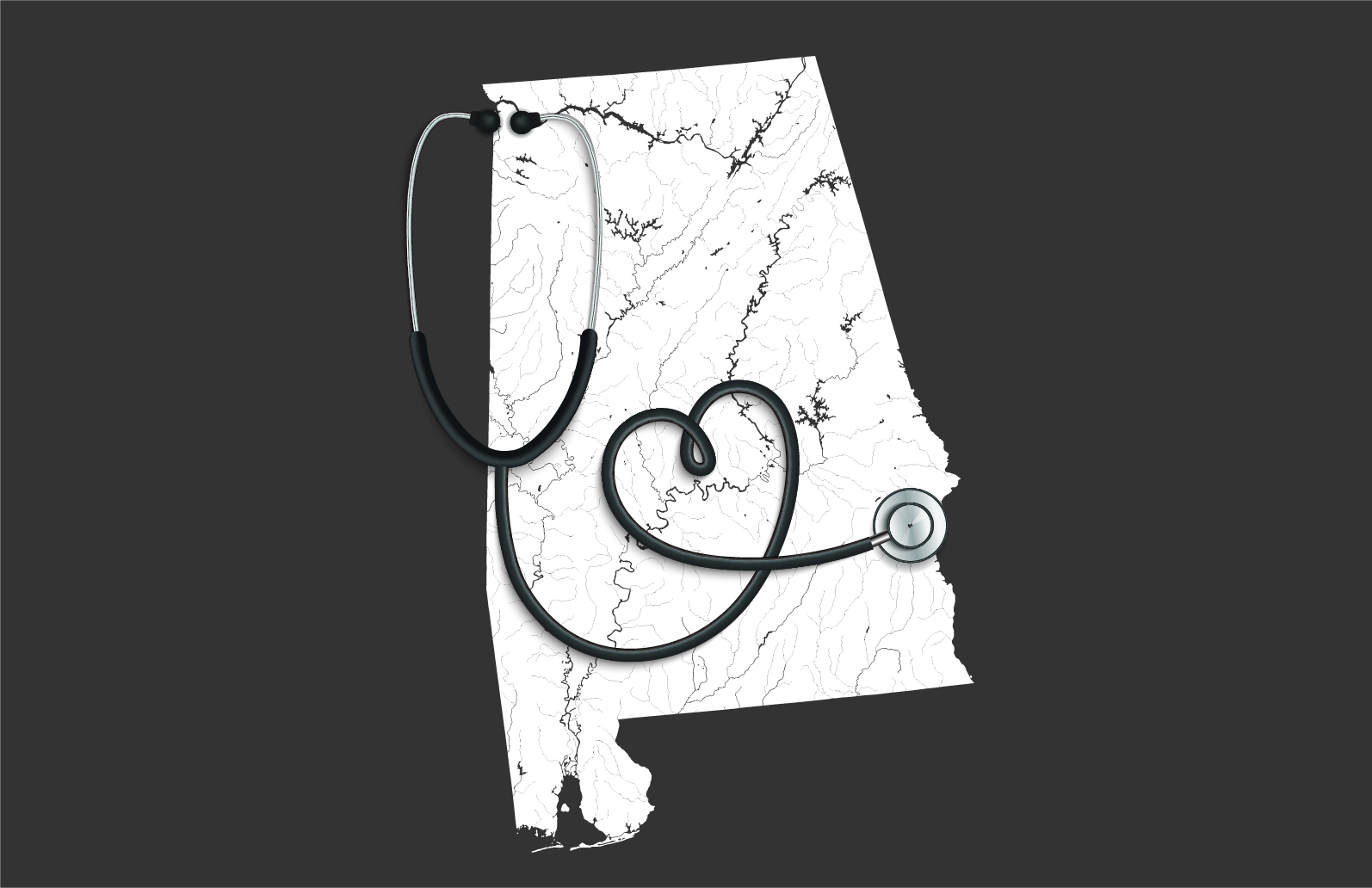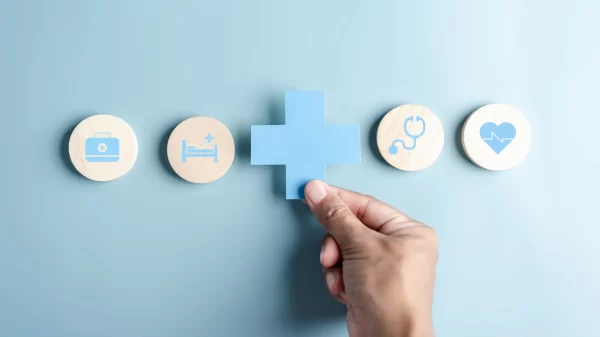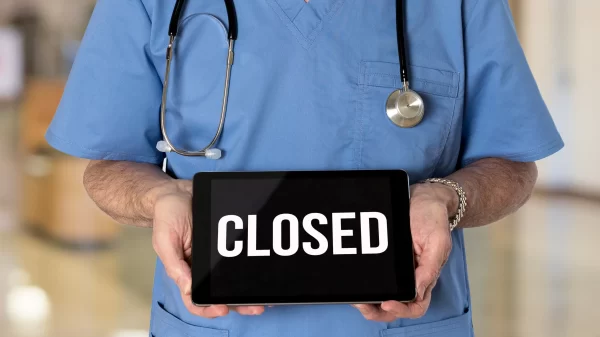The COVID-19 pandemic that’s killed nearly 4,700 Alabamians and more than 330,000 Americans has disproportionally impacted low-income and minority Alabamians, according to a recent report.
The Montgomery-based nonprofit Alabama Appleseed surveyed 389 low-income Alabamians from 32 counties to ask them how their lives had changed since March 13, when Gov. Kay Ivey issued a statewide public health emergency. The ensuing report highlights just how severely COVID-19 has impacted families already living through financial hardship.
“It is important to remember that even before this pandemic devastated the economy, Alabama was the fifth-poorest state in the U.S., with 800,000 of our residents living in poverty, many of them children,” the report reads.
“As the months passed, poor Alabamians struggled to keep things together, while people of means mostly got by. Black Alabamians faced a far bleaker reality on average than their white peers. Rural Black Alabamians suffered worst of all,” the report continues.
While 55 percent of Black workers in Alabama worked in essential occupations such as registered nurses, cashiers and cooks, just 43 percent of white workers worked in such jobs, the researchers found.
Black workers were also over-represented in the bottom wage quartile, where the rate of employment in Alabama dropped 16.7 percent between January and October, compared with less than 7 percent for middle- and high-wage workers.
Researchers spoke to a Black family from Pike Road, Alabama, who found themselves stuck between trying to keep their children, especially their six-year-old with health conditions, safe from COVID-19 while also earning enough to survive.
Clarissa Jiles works in school security and took leave under the Families First Coronavirus Response Act and decided to keep her children home for virtual schooling, according to the report. Her husband is a barber and limited the number of customers he accepts to only those he knows well and trusts are adhering to social distancing guidelines.
With little income, the family was behind on their mortgage when they spoke to Alabama Appleseed in September, and she was worried about having to return to work and potentially bringing the virus home to her family.
“[W]e don’t know what we’re going to do because we know we can’t have our son go back to school. So now we’re debating on if I’m going to go back or what I’m going to do if I don’t go back,” she told Alabama Appleseed. “The pandemic has really, really hit us hard.”
Almost half of the respondents earned less than $15,000 a year, and nearly half had lost their jobs since March 13, but only about four in 10 of those who applied for unemployment benefits received them, usually after weeks of waiting, according to the report.
Alabamians of color are disproportionately impacted by COVID-19, the report notes, citing the COVID Tracking Project at The Atlantic that found that Black Alabamians had the highest death rate from COVID-19 at 84 per 100,000, followed by white Alabamians at 50 per 100,000 and Hispanic or Latinx at 38 per 100,000.
Alabama’s rural Black Belt region, which is disproportionately Black, has been among the hardest-hit areas of the state. [Eight of the ten counties with the highest death rates in Alabama are considered Black Belt counties.] The report notes that the Alabama Department of Public Health struggled to establish regular testing sites in the Black Belt early on in the pandemic.
“As tests became more available and the system improved, Black Belt counties repeatedly emerged as hotspots with some of the worst COVID-19 rates in the state,” The report reads. “Residents of practically all of the western Black Belt counties were in the highest risk category for becoming severely ill if infected.”
Other findings in the report:
- 35 percent missed a rent or mortgage payment.
- 45 percent were unable to pay a utility bill.
- 34 percent were unable to keep up with car loan payments.
- 37 percent were behind on credit card payments.
- 42 percent missed payments on some other loan or bill, including medical bills, child support payments, payday and title loans, and student loans.
- 19 percent missed payments for ongoing fines fees, court costs, or restitution, exposing themselves to financial penalties, loss of their drivers’ licenses, or even possible jail time if a judge found their failure to pay was willful or if, as is common, they miss a court date related to their nonpayment.
- 49 percent lost a job

















































